
For fans of the movie ‘The Third Man’, this museum is worth a visit. It tells about the political background of the story featured in the film. You also find material about the making of the movie itself.
You only see what you know (Goethe)

For fans of the movie ‘The Third Man’, this museum is worth a visit. It tells about the political background of the story featured in the film. You also find material about the making of the movie itself.
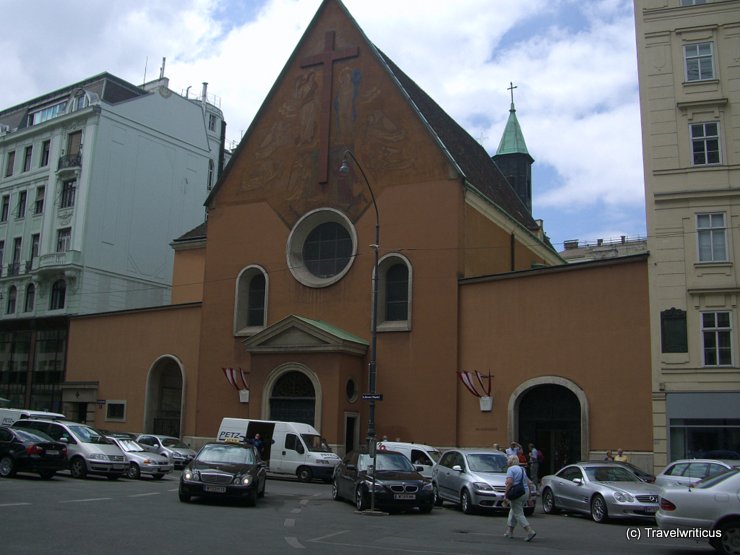
Below the unimposing walls of the Capuchin Church, the Imperial Crypt (Kaisergruft) houses the bodies of 12 emperors and 18 empresses. In Vienna, people also know this morbid place as Capuchin Crypt (Kapuzinergruft).
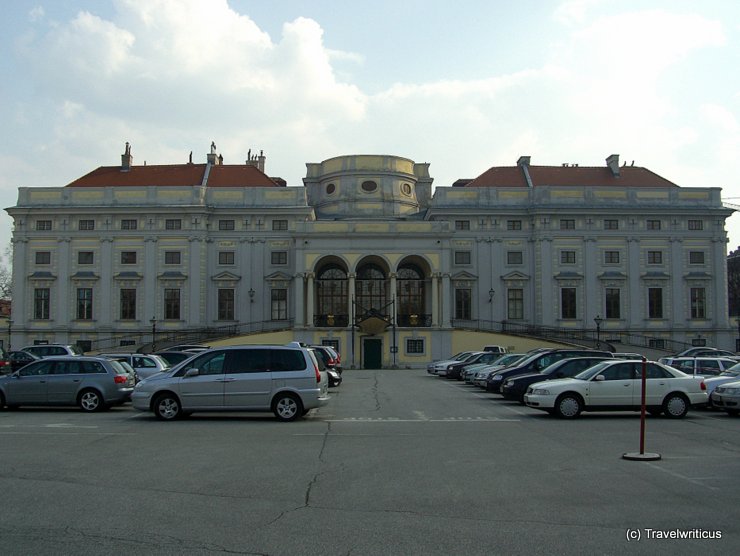
Palais Schwarzenberg is a Baroque palace near Belvedere Palace (Schloss Belvedere). The architects Johann Bernhard Fischer von Erlach and Joseph Emanuel Fischer von Erlach completed the building in 1728.
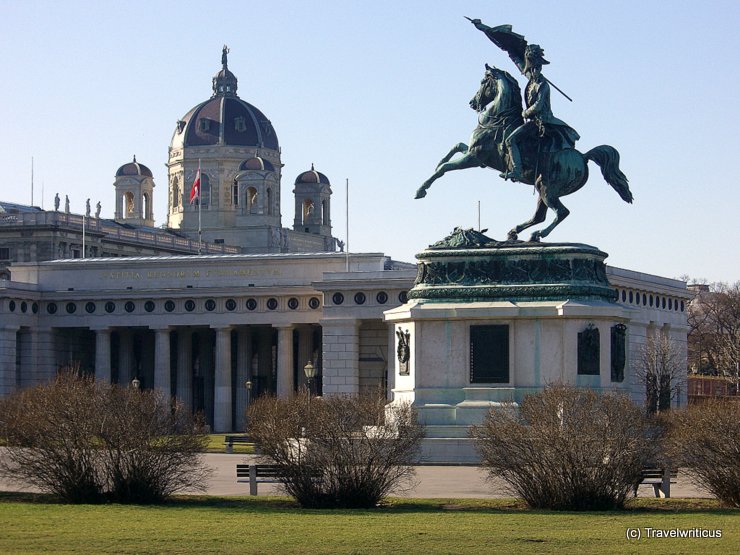
This equestrian statue was erected in 1860 to commemorate Archduke Charles of Austria, Duke of Teschen. The most intriguing fact about this statue is the horse’s pose. It stands with two legs only on the pedestal. The tail doesn’t support the construction.
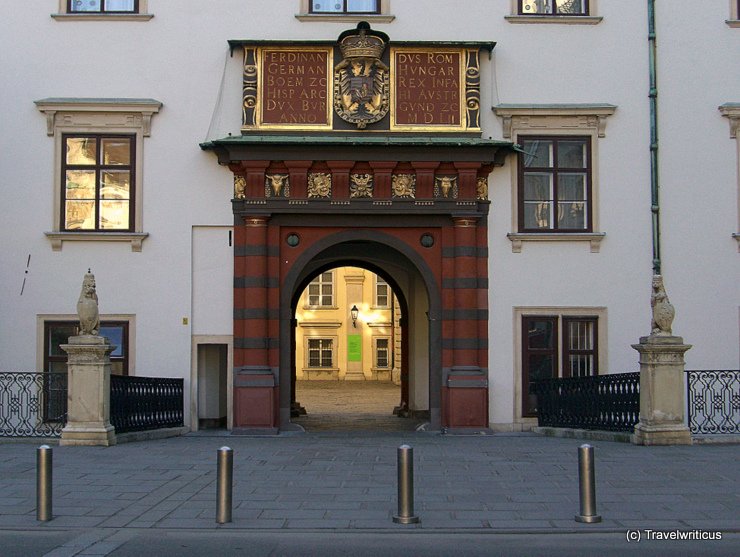
The Swiss Gate (Schweizertor) leads to the oldest part of the Hofburg. Behind this gate, you find the entrance to the Imperial Treasury (Kaiserliche Schatzkammer). The treasury houses crowns and jewels full of history, e.g. the regalia of the Holy Roman Empire.
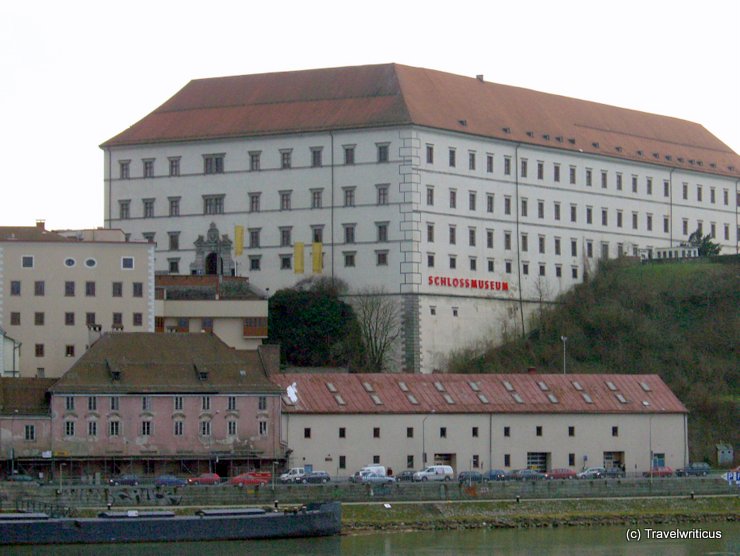
Linz Castle (Linzer Schloss) was the residence of Frederick III for several years in the 15th century. Today, it houses the Schlossmuseum. This castle museum is a site of the State Museums of Upper Austria and is considered a universal museum.
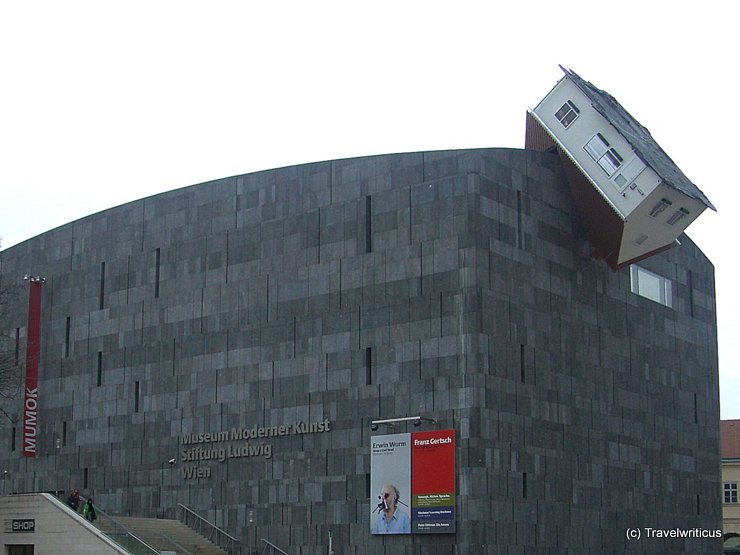
For several weeks, a small house on the facade of the MUMOK (Museum Moderner Kunst Stiftung Ludwig Wien) attracted the visitors’ attention. The creator of this public art titled House Attack was the Styrian artist Erwin Wurm.
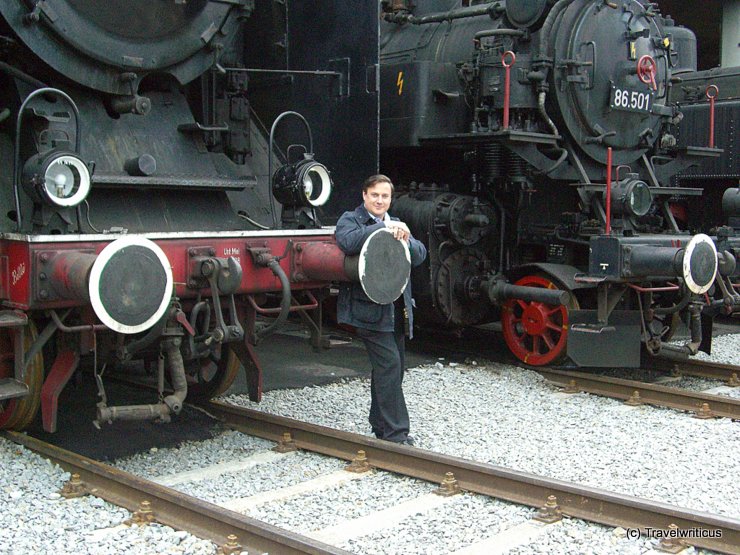
Me and two steam locomotives at the railway museum Ampflwang. This photo reminds me of how huge these steam locomotives really are. The museum is actually a collection of locomotives but also a museum for mining. A short railroad connects the museum with the public railroad and is open for special trips with old locomotives and coaches.
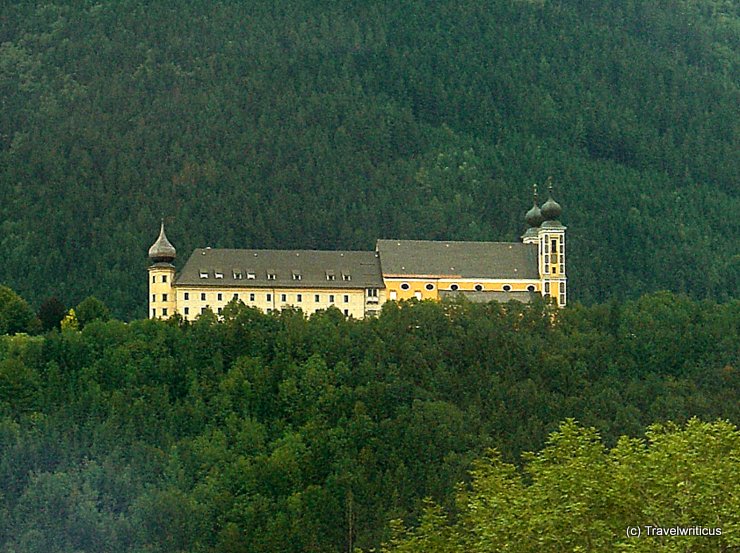
Sitting on a train on the Rudolfsbahn (Rudolf Railway), passengers have this view of a pilgrimage church on top of the Frauenberg. The german title of the church is Pfarr- und Wallfahrtskirche Maria Opferung am Kulm.
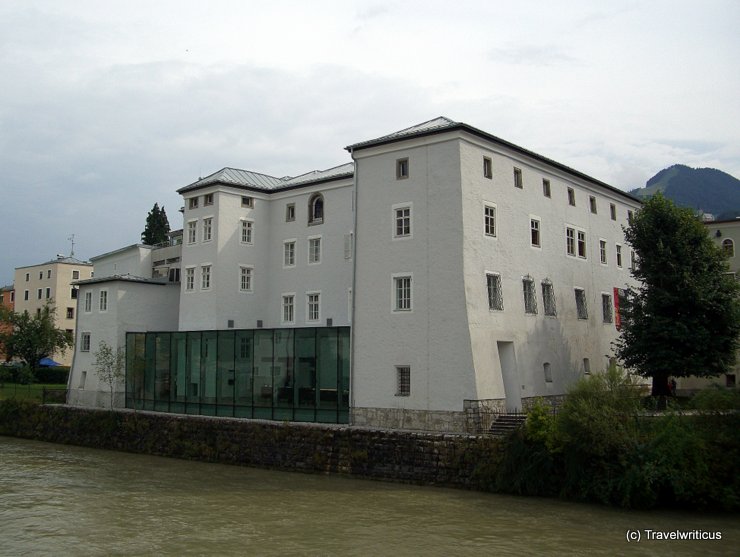
At the Museum of Celts (Keltenmuseum), I learned a lot about the history of the Celts, especially in the region of the Austrian state of Salzburg. The exhibition also told me about the history of the salt mines in this area. [German]
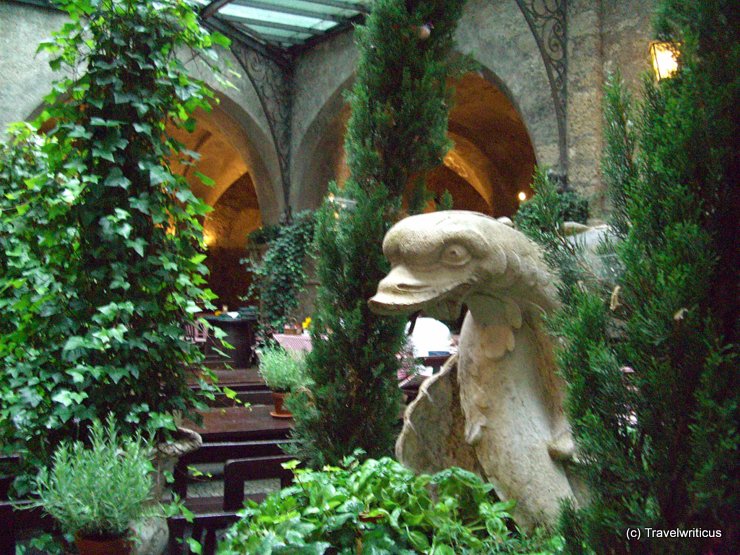
St. Peter Stiftskeller in Salzburg, is one of Europe’s oldest restaurants, first mentioned in 803 AD by Alcuin of York, a scholar at Charlemagne’s court. Located within St. Peter’s Abbey, it offers cuisine in a historic setting, blending culinary heritage with centuries-old ambience.